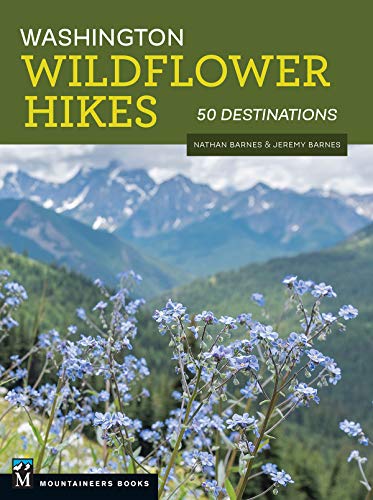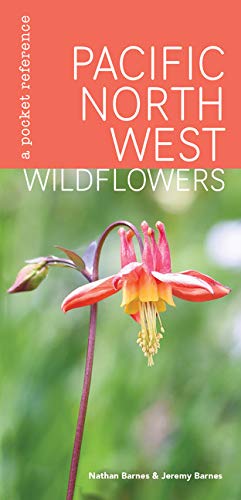Moss Lake Natural Area
A stroll around the Moss Lake Natural Area is ideal for winter wanderings.
Total Distance: 3.7 miles
Total Ascent: 100ft
Highest Point: 600ft
Total Ascent: 100ft
Highest Point: 600ft
Difficulty: Easy
Our Hiking Time:
Required Permit: None
Our Hiking Time:
Required Permit: None
To get there, take SR 520 out to its end and continue straight on Avondale Road. After a mile veer right onto Novelty Hill Road. Continue on Novelty Hill Road until it ends at a T-intersection with Snoqualmie Valley Road. Take a left and almost immediately take a right onto 124th Street. 124th connects with SR 203, also known as the Fall City Duvall Road. Take a right and continue for 3.8 miles to Stillwater Hill Road. Take a left and follow the road as it becomes Kelly Road. At just under 2 miles, veer right onto Lake Joy Road. Stay on this road for 2.5 miles as it curves around Lake Joy to Moss Lake Road. Take a left onto Moss Lake Road and find the Moss Lake Natural Area parking lot in a half-mile. View Google Directions >>
The trail begins from the parking lot and quickly leads you through the wetlands to the shores of Moss Lake. About half the natural area is wetlands, home to a variety of animals including bald eagles, beavers and pileated woodpeckers. It’s not uncommon to see a great deal of wildlife from the marshy shores, so spend some time quietly enjoying the lake. When you've had your fill, continue onward through brushy wetlands along trails lined with salmonberry and sword fern. Before long the trail begins to climb, entering into a mixed forest of second-growth alder and hemlock that provides a nice contrast to the wetlands below. Where the trail splits you can choose either direction of the loop to tackle first. Either way you go, you'll eventually encounter the gated edge of the Moss Lake Preserve, as shown on the Moss Lake Trail Map. Beyond is a maze of forest roads that wander through forests owned by Hancock Forest Management. Hancock has imposed fees for hikers to access some of their other holdings in Washington State, but it's not clear that a permit is required here. We recommend you skip the gate and keep this hike short and continue following the short loop within the Natural Area.
This little hike works well for a quick hike or if you’re looking for a causal hike with friends or little ones. Although short, Moss Lake manages to pack a lot of variety into a small amount of space, quickly taking you from marshy lakeshores to forested wetlands and up into second growth forest. There’s enough elevation to make the hike interesting, and because Moss Lake is relatively unknown, you’re unlikely to run into too many other people on the trail. Next time you’re looking for something a little different, give Moss Lake Natural Area a try.
This little hike works well for a quick hike or if you’re looking for a causal hike with friends or little ones. Although short, Moss Lake manages to pack a lot of variety into a small amount of space, quickly taking you from marshy lakeshores to forested wetlands and up into second growth forest. There’s enough elevation to make the hike interesting, and because Moss Lake is relatively unknown, you’re unlikely to run into too many other people on the trail. Next time you’re looking for something a little different, give Moss Lake Natural Area a try.
History
Located between Carnation and Duvall, the 372-acre Moss Lake Natural area is relatively new, with the last portions of the park purchased in 2002. The area is named for the sphagnum peat bog that surrounds Moss Lake. The lake itself is very shallow, not more than 20 feet deep, and is thought to be mostly man-made, a legacy of the peat that was excavated from the bog early in the 20th century. That peat moss was sold and likely found its way into local gardens and planting beds. A moss-drying plant was constructed in the 1920s, but quickly burned down leaving the area untouched until the mid-1950s when preparations began to setup a peat mining operation which never fully materialized. By the 1980s little remained of the past mining activity beyond a sunken peat dredge and a few cabled logs. King County bought most of the land in 1990, seeking to protect one of the only peat bogs in the county. By 2002 the last parcels were secured and the area was developed for recreational use.
Similar Difficulty
Similar Features












